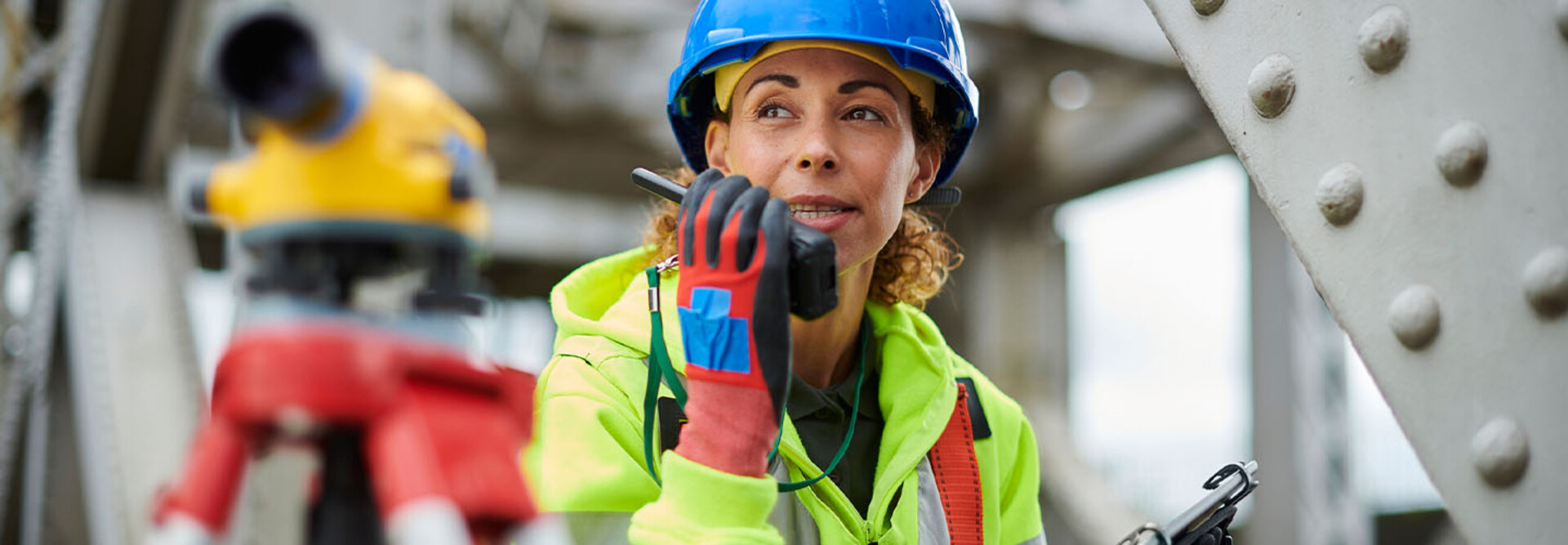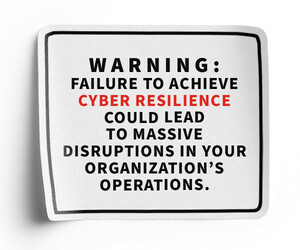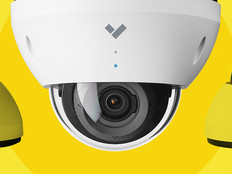Shifting Climate Conditions Requires Updated Radio Comms
The weather’s getting worse. In 2017, Hurricane Harvey hobbled internet and cellular communications for hundreds of thousands of people. In 2024, during Hurricane Beryl, 30 percent of cell sites were impacted by the storm, mostly due to power outages.
In fact, the volume of billion-dollar climate disasters has increased dramatically over the past five years, and 2023 set a record with 28 such events, NOAA reports. This has a direct effect on emergency response.
All of this drives a growing need for radio infrastructure. “Radio systems are designed to operate every day. They have built-in resiliency, with multiple power sources and multiple connectivity paths,” says Steve Devine, CTO at the public safety communication association APCO International. “They're built with several resilient characteristics in mind.”
As a result, radio infrastructure tends to be more robust than digital network technology, and regularly demonstrates greater resilience than modern voice and data services in disaster situations, according to the United Nation’s International Telecommunications Union.
With natural disasters becoming both more frequent and more severe, counties that recognize the value of radio are re-evaluating and upgrading their radio communications.
BROWSE: Check out these two-way radios and accessories.
Illinois’s Madison County, for example, is investing $10 million in new emergency radio system, and in Pennsylvania, Washington County commissioners recently approved a contract with Motorola Solutions to install a new emergency radio system for first responders.
Others are being pushed in this direction. In Highlands County, Fla., Motorola Solutions has advised county commissioners that the sheriff’s office and fire rescue radios are at “end of life.”
While emergency radios and their supporting infrastructure are built for longevity, many municipalities are investing in upgrades to take advantage of new features that make radio even more effective in times of crisis.
In some cases, this is as simple as replacing old two-way radio models with more up-to-date devices, or adding two-way radio accessories such as headphones and batteries to make communication even more seamless.
Novel Features Have Come to a Classic Technology
In recent years there has been a confluence of broadband and radio, with newer devices able to communicate using both LTE and radio infrastructure. With radios that can use either means of communication, it’s easier for emergency responders to stay connected.
“The ability to navigate across multiple networks provides resiliency and operational redundancy,” Devine says.
And the availability of broadband on a radio makes high-speed data service available. “We have radios with a touch screen, where you can interact with maps and see the locations of officers,” Millard said. That’s a dramatic expansion in radio capabilities.
EXPLORE: FirstNet connects rural Colorado first responders.
As the radio spectrum becomes more crowded — with ever more devices and users on the airwaves — “it creates an environment where the noise begins to rise in your community,” Devine says. “The newer radios do a better job of rejecting that interference. The devices are intrinsically better at that.”
Modern radios also make better use of available bandwidth: Rather than having a single channel, they can support multiple channels. “You get a more efficient use of spectrum and, subsequently, more voice paths,” Devine says.
It’s also worth noting that for municipalities that participate with FirstNet, a national broadband network for first responders, there may be opportunities to leverage that relationship in support of more robust radio use. The FirstNet Authority’s latest investment of $6.3 billion, for example, includes upgrades to FirstNet’s radio access network on the Band 14 spectrum.
The Path Forward: Reliable Radios, Redundant Infrastructure
Municipalities looking for more-robust radio communication in the face of escalating disasters can take steps now to begin their journey.
For starters, all two-way radios have a shelf life. Devices that are older than 7 years should ideally be replaced, and new devices should ideally be selected on the basis of their ability to support multiple channels to make use of as many bands as possible.
With storms getting worse, cities and counties should also review the communication aspects of their emergency response plans. Those plans should include “procuring an alternative power source to commercial power, since that is often the first thing to go in a storm,” Millard says. “They can also procure backhaul redundancies for their radio networks to make them even more resilient in a natural disaster.”
LEARN MORE: FirstNet expansion makes a difference for state and local public safety agencies.
Smaller municipalities might also look to join their radio networks to statewide systems, in states that have those in place. “The state might have four power sites in my county, where I as the county only own one,” Devine says. It’s worth exploring the options.
It makes sense, too, to see what kind of LTE-compatible devices are available and how they might be supported by cellular carriers in your area. “It can be really helpful to know that Verizon just put a tower on the north side of the county, where you historically had no commercial coverage,” Devine says. “Be mindful of all of the systems in your county.”
With modernized capabilities, new radios create opportunities for improved connectivity, as communities look to ensure seamless communications in the face of worsening climate impacts.











